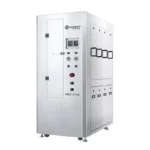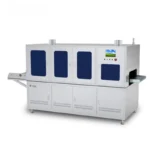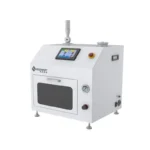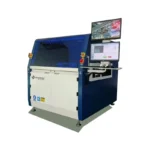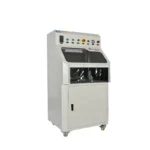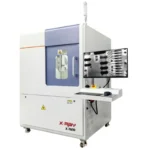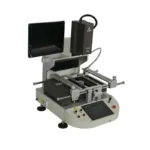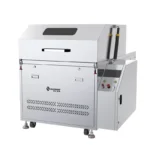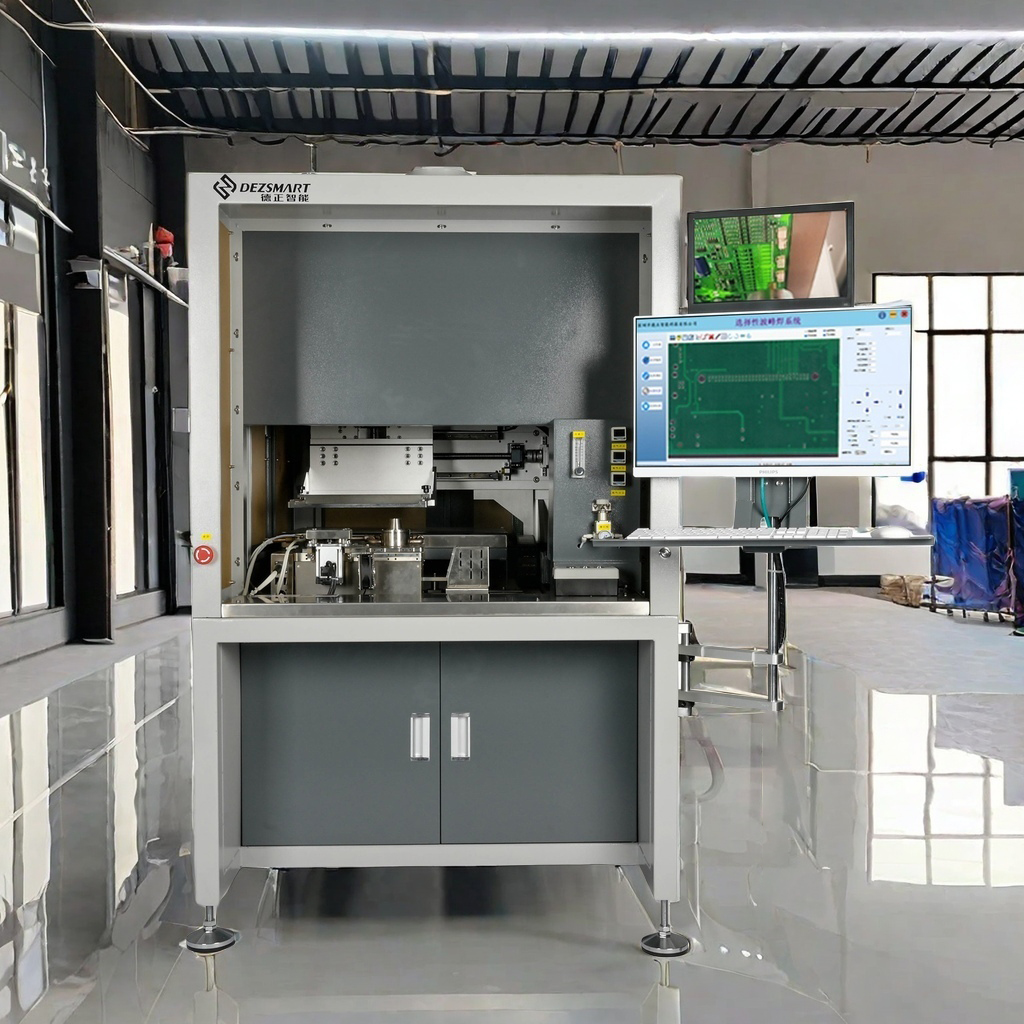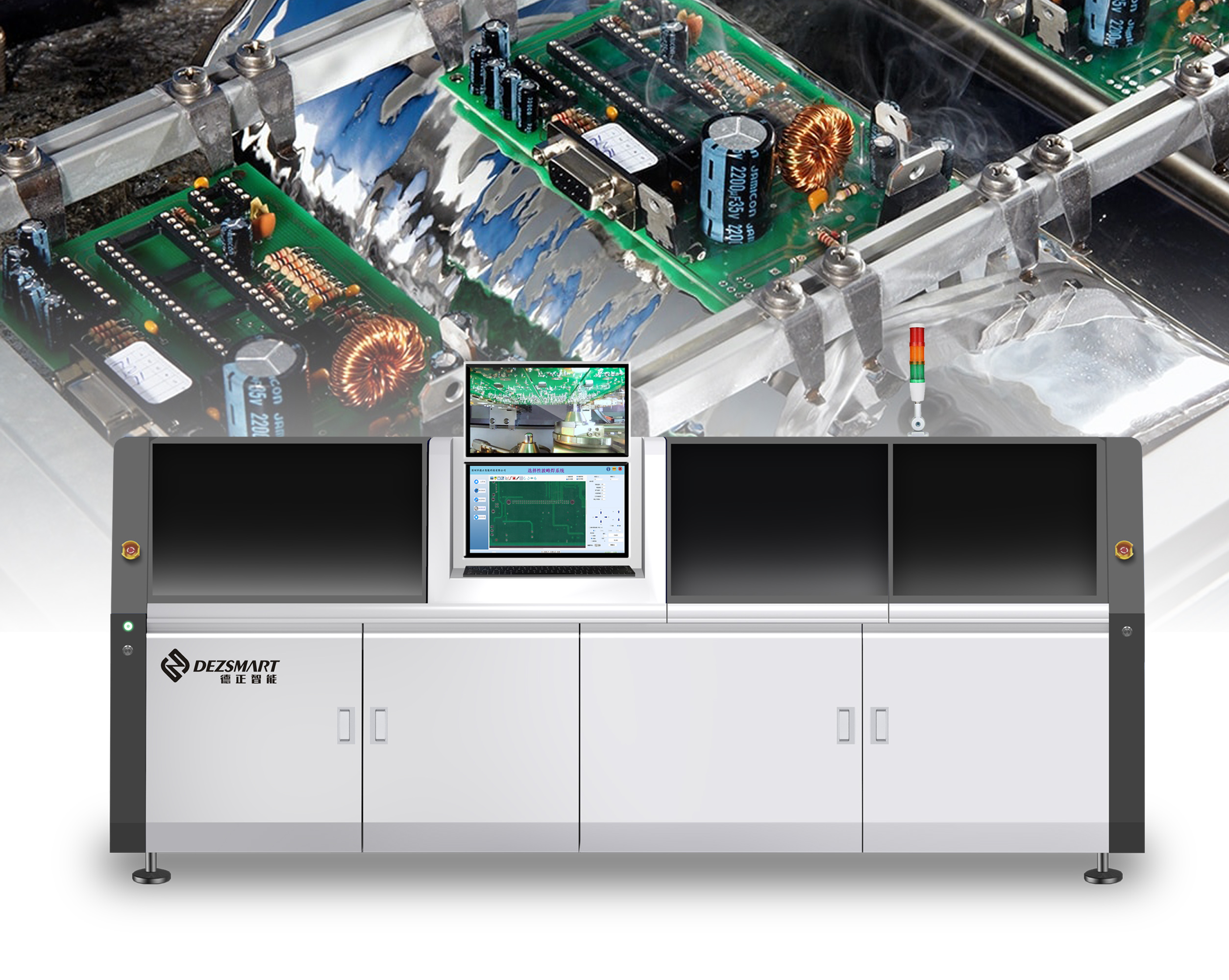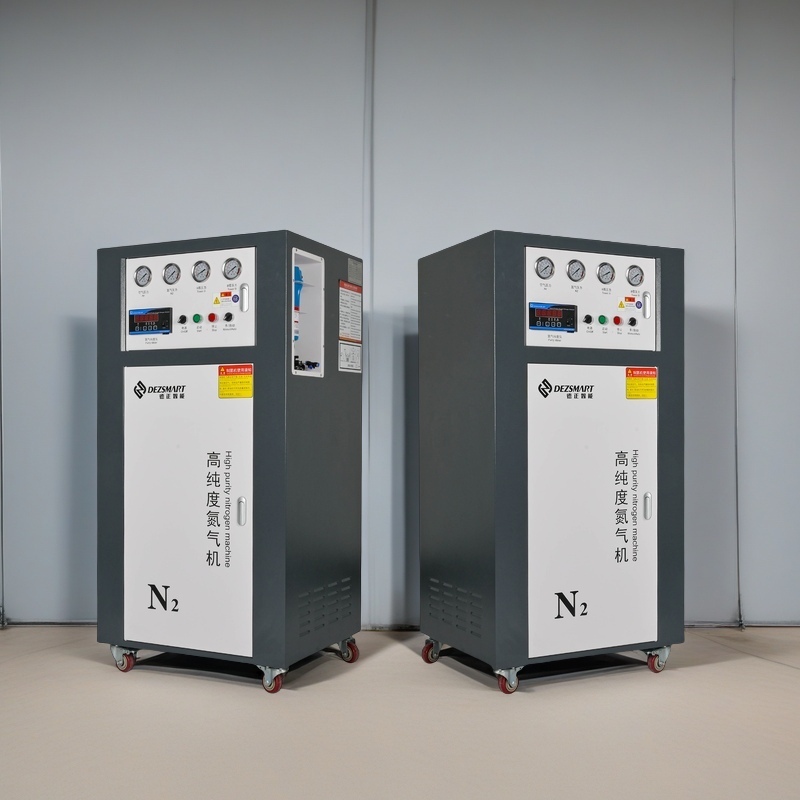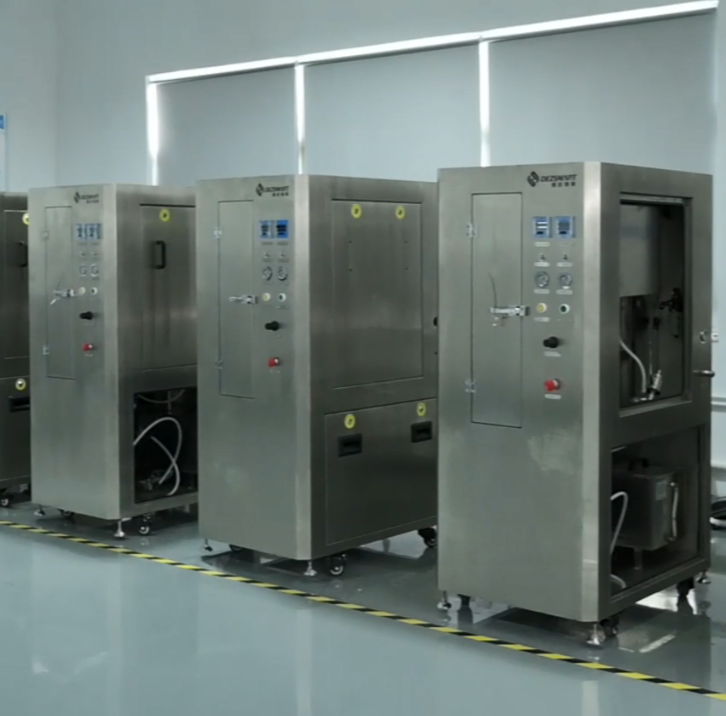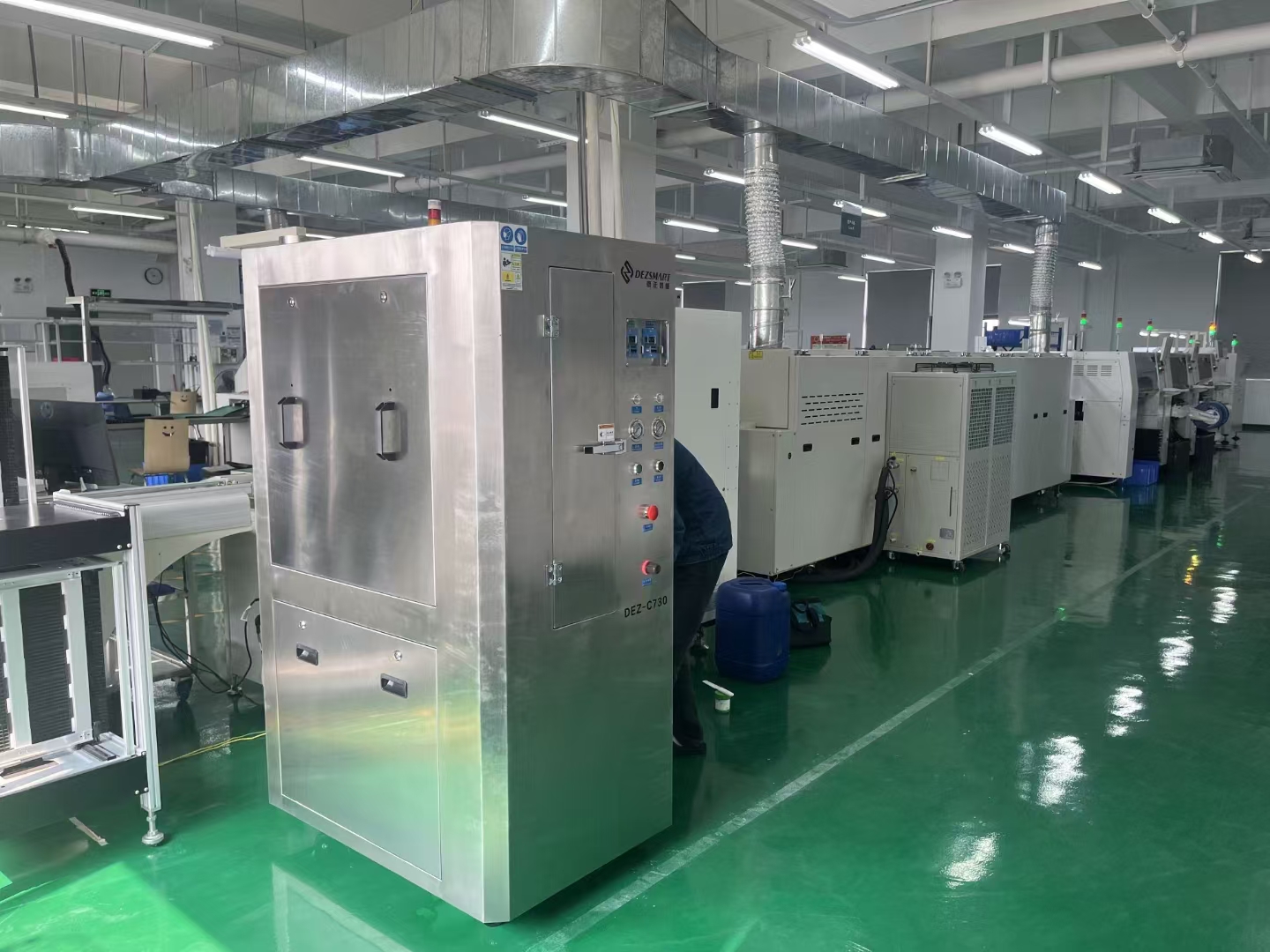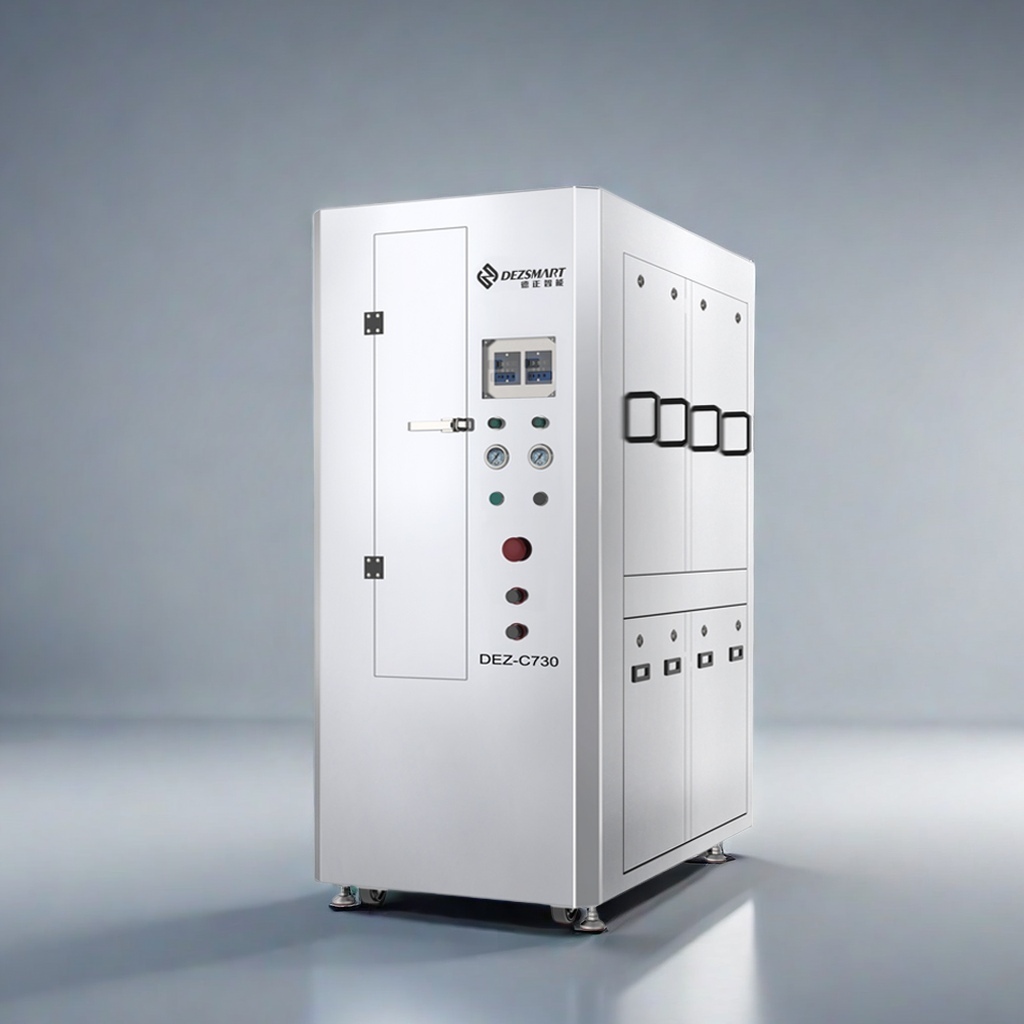In the field of electronic manufacturing, the soldering quality of PCB (Printed Circuit Board) directly determines the stability and service life of products. As a high-precision soldering equipment, the selective wave soldering machine has become an ideal choice for small and medium-batch PCB soldering, thanks to its core advantages of “precise positioning and reduced false soldering”. Among them, the Dez Smart DEZ-H3600A Selective Wave Soldering Machine is widely favored in production lines due to its compact design and full computer control. Today, we will deeply analyze its working principle, the coordination logic of core components, and the reasons why it can improve soldering efficiency.
I. First, Get to Know the H3600A: A "Compact and Efficient" Offline Selective Wave Soldering Machine
II. Working Principle of the H3600A: 4 Steps to Complete High-Precision Soldering (with Component Coordination Logic)
The soldering process of the H3600A follows the logic of “precision preprocessing + efficient soldering”, and the entire process is controlled by a computer to ensure that the parameters of each step are stable and traceable. Specifically, it can be broken down into 4 core steps:
Step 1: Manual Board Loading – Lay the Foundation for Soldering Positioning
First, the operator manually loads the PCB board (as clearly stated in the document: “PCB loading manually”) and fixes the PCB on the XYZ motion table. The worktable adopts a lightweight design, equipped with a Panasonic servo motor and a ball screw guide rail. Later, it can achieve high-precision movement with an accuracy of ±0.1mm, laying the foundation for the positioning accuracy of subsequent spraying and soldering.
Step 2: Flux Spraying – Remove Oxide Layers and Ensure Soldering Reliability
When the PCB board is moved to the position above the flux spraying area by the XYZ worktable, the equipment starts the selective spraying system:
- Core components: It adopts an imported spray mist valve (mentioned in the “Standard machine include” section of the document) and is matched with a stainless steel flux box. This ensures that the spraying pressure remains stable regardless of the remaining amount of flux (avoiding uneven spraying caused by pressure fluctuations);
- Working logic: Based on the preset “flux path” (which can be directly programmed through PCB images), the computer controls the movement of the XYZ worktable, so that the solder joints of the PCB that need to be soldered are accurately aligned with the spray valve, completing the uniform spraying of flux. The function of flux is to remove the oxide layers on the PCB solder joints and solder, reduce the soldering temperature, and reduce the risk of false soldering.
Step 3: Bottom Preheating – Avoid PCB Thermal Shock and Improve Solder Fluidity
- Temperature control: The preheating temperature ranges from 25℃ to 240℃. The “preheating time” and “heating cycle (0-100%)” can be set through the computer (the “Preheat” section of the document mentions “heating ratio adjustable by PC”). For example, the preheating time can be set to 3 seconds and the heating cycle to 50%;
- Core purpose: Through slow preheating, the overall temperature of the PCB rises evenly, avoiding PCB deformation caused by “sudden changes in cold and heat” when it comes into contact with high-temperature solder later; at the same time, the flux is activated in advance to improve the fluidity of the subsequent solder.
Step 4: Selective Wave Soldering – Precisely Connect Solder Joints to Complete Soldering
- Solder pot preparation: The solder pot is heated by an external cast iron heater. The solder temperature can be precisely controlled through PID (ranging from 25℃ to 350℃, with a melting time of 60-90 minutes). At the same time, it is equipped with an N2 inline heating system (N2 purity ≥99.998%)—after heating, N2 can isolate the air, reduce the solder dross generated by solder oxidation, and lower the material waste;
- Soldering logic: Based on the preset “soldering path”, the computer controls the movement of the XYZ worktable, making the PCB solder joints contact the “selective wave peaks” of the solder pot one by one (the wave peak height and moving speed can be set). The equipment is standard equipped with 5 soldering nozzles (3 pieces of 4mm inner diameter, 5mm, and 6mm), which can be selected according to the size of the solder joints to ensure that the solder accurately covers the solder joints and avoids short circuits caused by excess solder;
- Real-time monitoring: During the soldering process, the real-time surveillance camera transmits images to the computer screen (this configuration is included in the “Controlling system” of the document). The operator can observe the soldering status in real time. At the same time, the software automatically records parameters such as “solder temperature, N2 temperature, and moving path” and generates configuration files, facilitating subsequent traceability and repeated use (ensuring consistent batch soldering quality).
III. How Do Core Components "Cooperate"? Determining the Soldering Advantages of the H3600A
III. How Do Core Components "Cooperate"? Determining the Soldering Advantages of the H3600A
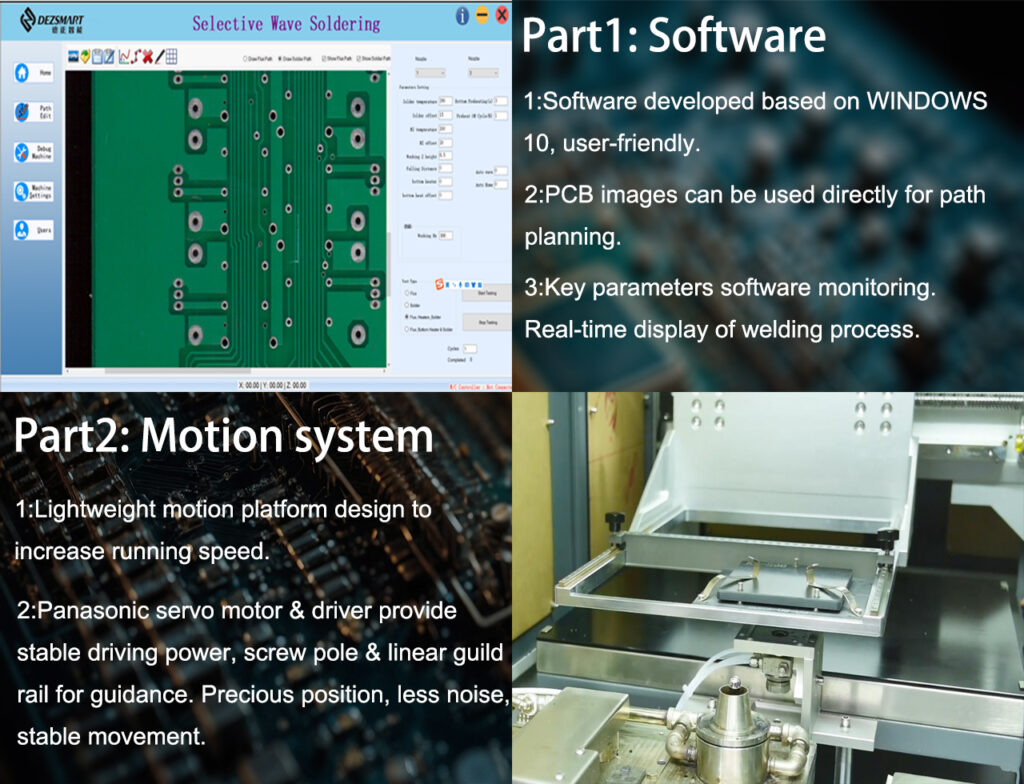
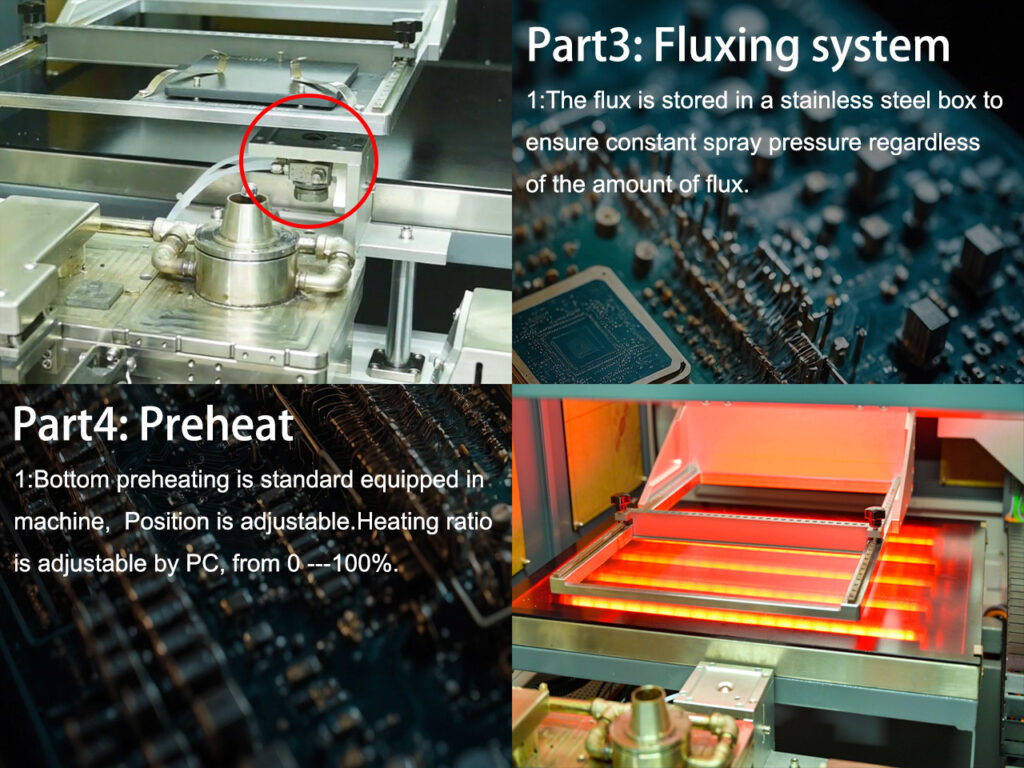
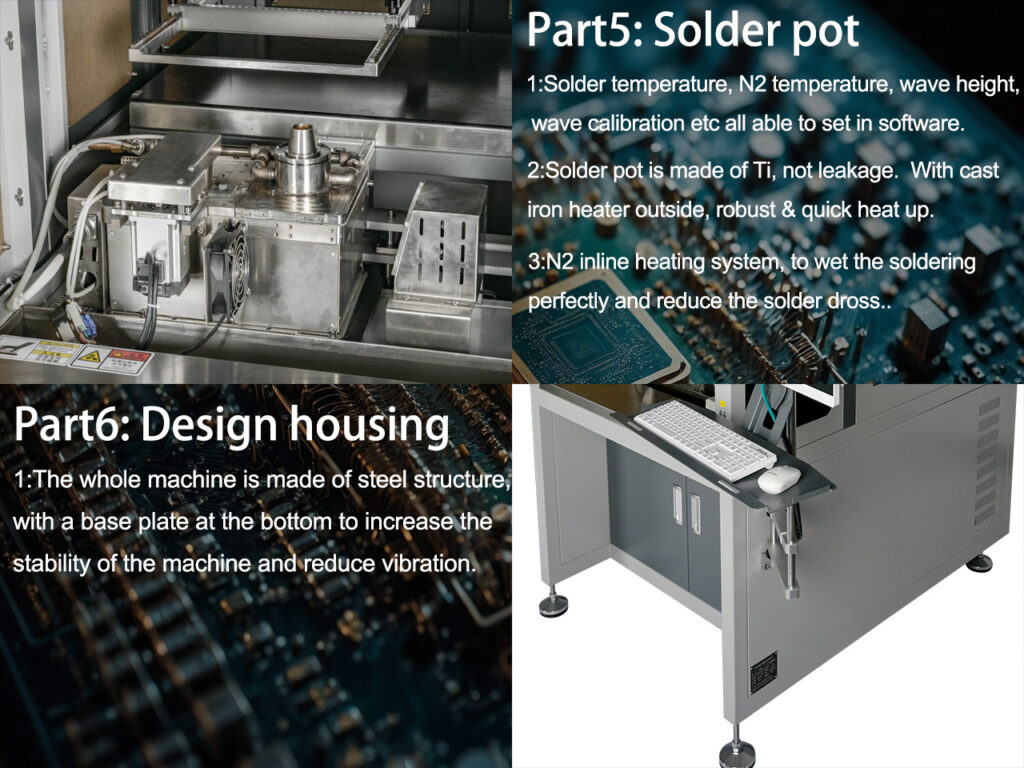
The efficient operation of the H3600A is inseparable from the precise cooperation of various core components. In addition to the components mentioned in the above process, the following 3 systems are particularly critical:
1. Motion System: “Servo Motor + Ball Screw” Ensures Positioning Accuracy
- High positioning accuracy: The repeated positioning accuracy of ±0.1mm ensures the precise alignment of solder joints with nozzles and preheating areas;
- Low noise: Low noise during operation, suitable for workshop environments;
- Stable speed: The moving speed can be set through software (working RPM: 25-700), avoiding soldering deviations caused by speed fluctuations.
2. Software System: Windows 10 Platform, “Visualization + Traceability” for Easier Operation
- Path programming: Directly import PCB images, and draw the “flux path” and “soldering path” by dragging the mouse, without complex coding;
- Parameter management: All parameters (such as solder temperature, preheating time, and N2 flow) can be set and saved, and configuration files for different PCBs can be generated for direct use next time;
- Full monitoring: It displays “XYZ coordinates, temperature, and number of completed soldering tasks” in real time. When key parameters are abnormal, reminders will be triggered to reduce the defect rate.
3. Solder Pot System: “Titanium Material + N2 Heating” Reduces Costs and Improves Service Life
- Material: Made of titanium alloy, it is high-temperature resistant and corrosion resistant, avoiding solder leakage caused by solder erosion;
- N2 protection: The built-in N2 inline heating system not only reduces solder dross (lowering solder waste) but also improves the wettability of the solder, ensuring full solder joints;
- Easy maintenance: The nozzles can be replaced quickly. The solder pot heating system uses 1.2kw power, which heats up quickly and has low energy consumption (operating power is only 1-3kw).
IV. Why Choose the H3600A? Its Working Advantages Directly Match Production Needs
- Compact Space-Friendly: The machine dimensions are 1260mm × 1050mm × 1480mm (without base), and the weight is 450kg. It is suitable for placement in workshop corners or next to production lines, without occupying core space;
- Stable Soldering Quality: Full computer control + servo positioning, parameters are traceable, and the qualified rate of repeated soldering is high, reducing rework costs;
- Flexible Integration: It supports manual board loading and unloading, and can cooperate with the production line to complete “repair soldering” or “small-batch soldering” without large-scale transformation of the production line;
- Low-Cost Operation and Maintenance: N2 reduces dross, the titanium solder pot is durable, and energy consumption is low. The long-term use cost is lower than that of traditional wave soldering machines.
V. Which Scenarios Is the H3600A Suitable For?
- Small and medium-batch PCB soldering (such as industrial control boards and automotive electronic modules);
- “Repair soldering” or “customized soldering” next to the production line (needing flexible adjustment of soldering positions);
- Requirements for soldering quality traceability (such as medical electronics and aerospace supporting products);
- Limited workshop space, requiring compact offline equipment.
Conclusion
